Joint Strategic Needs Assessment
Joint Strategic Needs Assessment
The Joint Strategic Needs Assessment (JSNA) is an assessment of the current and future health and social care needs of the population of Surrey. It supports local leaders and commissioners to make informed decisions and to shape services in a way that best serves their communities. The JSNA informs the Health and Wellbeing Strategy (HWS) which outlines the collective health priorities for all partners across Surrey.
The JSNA adopts a ‘chapter’ structure, where each chapter describes the needs around a specific area of health and social care. Selected chapters reflect the needs of the Surrey system and are framed around a ‘life course’ approach.
The production of the JSNA is a dynamic process and chapters are updated as new information becomes available. All feedback and suggestions are welcome, please direct these to [email protected].
Please click on the tabs below to access each JSNA chapter. Should you need the link to an archived chapter, please contact [email protected].
All the dashboards from each JSNA chapter are available here: JSNA Dashboards | Surrey-i (surreyi.gov.uk)
An infographic with a visual representation of the JSNA is available via the link below:
